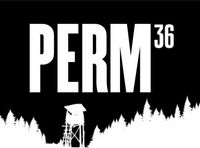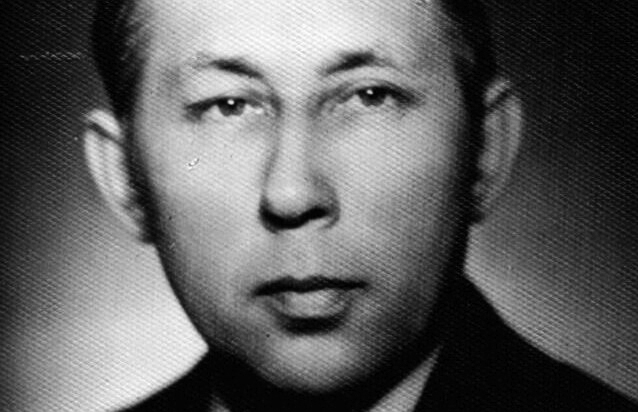FROM HIS PERSONAL FILE
Gajauskas Balis Iono, born on February 24, 1926 in the village of Vigralia, Gražyni parish, Vilkaviškės county, Republic of Lithuania. Lithuanian. Secondary education. Profession (specialty) was electrician.
He was arrested on May 3, 1948 and convicted on September 18, 1948, under article 58-1 “a”, article 58-8, article 58-10 and article 58-11 of the Criminal Code of the RSFSR, to 25 years of correctional labor camps.
He served his sentence in Gulag camps, in Mordovian political camps and in prison no. 2 in Vladimir. On May 3, 1973 he was released after having served his sentence.
He was arrested again on April 20, 1977, and convicted on April 14, 1978, on charges of anti-Soviet agitation and propaganda committed by a person previously convicted of especially dangerous crimes against the state, to 10 years in prison and 5 years in exile. He was recognised as a particularly dangerous recidivist.
He was imprisoned in the Mordovia Special Regime Camp, in the Special Regime Wards of Perm-36 Camp and in the Central Hospital of Perm-35 Camp.
While in detention he was a co-founder of the Helsinki Group in prison. He secretly wrote and sent for samizdat a number of his articles, as well as V. Stus’ poems and the manuscript for I. Gels’ book “The Edge of Culture”. He was regularly punished for not being allowed to buy food from the camp stall or to receive parcels; from 1983 until the end of his sentence he was deprived of the right to receive visits, and was sent to the punishment isolator several times.
On April 19, 1987, he was released from prison after serving his sentence and was exiled to Khabarovsk Territory. Was early released from exile after a mass pardon for political prisoners in October 1988.
In 1989, he was fully rehabilitated, elected deputy of the Seimas, and headed the commission of inquiry into the KGB.
He died on September 28, 2017.
When the massive attack on the Public Museum “Perm 36” began, a NTV crew arrived in Perm and made a series of reports for the programs “Emergency” and “Profession – Reporter. Talking about the museum, they said: “For some reason, museum management decided to give special emphasis to nationalists, who, according to them, fought for peoples’ freedom. And now, on 20 hectares of the former penal colony, there are everywhere stands with photos of convicted accomplices of fascism.
More often than the others in the video flashed photos of the former prisoner of the Perm political camps Balis Gajauskas, then still alive.
Viktar Shmyrov appealed to the Press Complaints Collegium about the stories, in which he wrote:
“In fact, Balis Gajauskas first fought the German occupiers and then the communist regime. He participated in the national underground. He was sentenced to 25 years in a camp. His second sentence was for translation of “Gulag Archipelago” by A. Solzhenitsyn – 10 years for anti-Soviet agitation. If he fought the Nazis in Lithuania, how can he be called an “accomplice of the Nazis”?
In the story there is a picture of Gajauskas with a gun in his hands. In fact, this photo was taken from the Internet. The caption to the photo reads: “Aleksandras Gribinas-Faustas (1920-1949) – one of the “fox brothers”. This is how Balis Gajauskas could look to the archetype”.
That is not a photo of Gajauskas. But the NTV methods of work.
The Press Complaints Collegium wrote in its decision: “The attempt to check the compliance of NTV broadcasts with the main values and principles of the journalistic profession confirms the conclusion of the Collegium that neither the targeted “reportage” from the program Extraordinary Incident nor the multidimensional “journalistic investigation” aired in the program Profession – Reporter have any relation to the named genres or to professional journalism as such.


